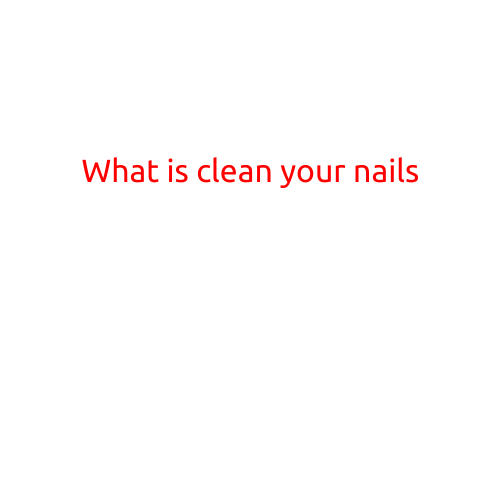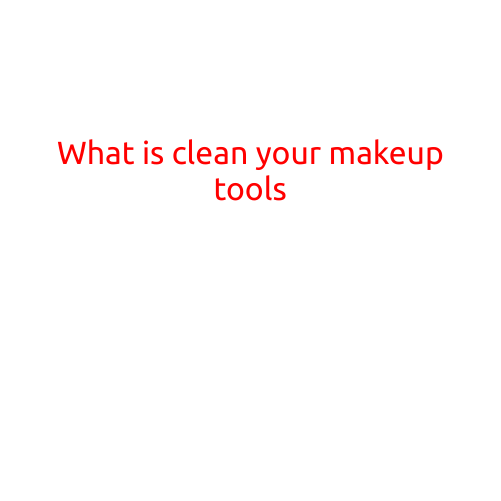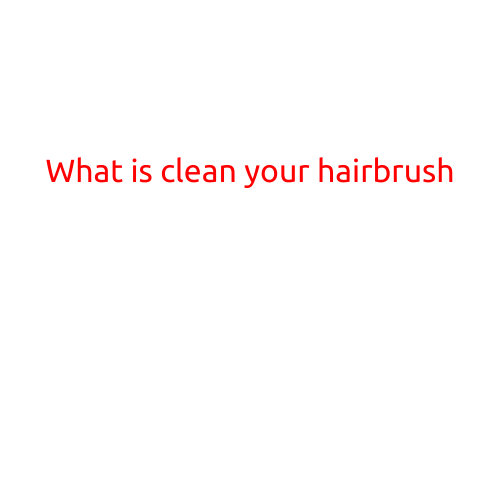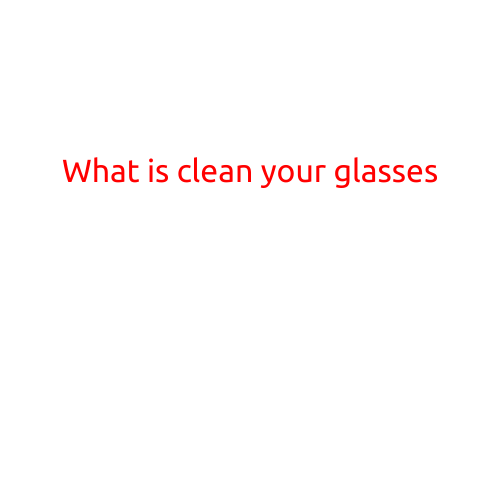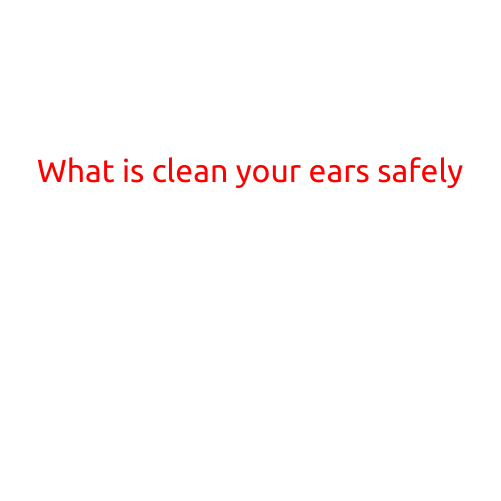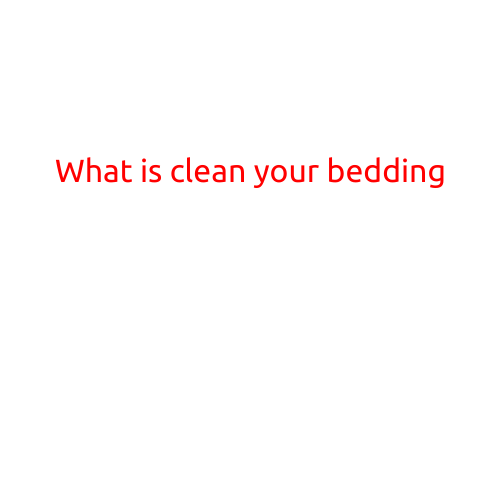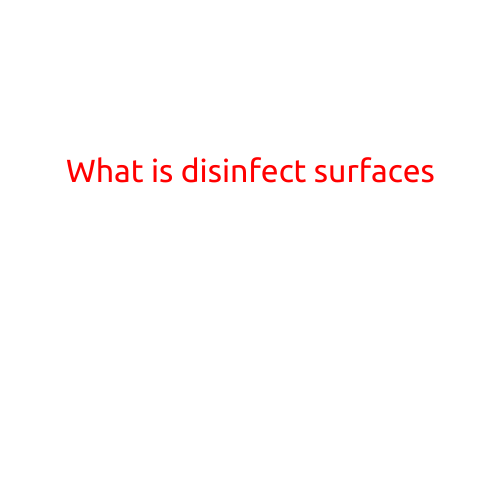
What is Disinfecting Surfaces?
Disinfecting surfaces is the process of using a disinfectant to kill a wide range of microorganisms, including bacteria, viruses, and fungi, that can be found on surfaces. This is an essential practice in maintaining cleanliness, preventing the spread of illnesses, and creating a healthy environment.
What are Microorganisms?
Microorganisms are tiny, living organisms that can be found almost everywhere, including on surfaces. They can be benign, but they can also cause illnesses, infections, and diseases. Some examples of microorganisms include:
- Bacteria: these are single-celled organisms that can cause infections, such as strep throat and urinary tract infections.
- Viruses: these are tiny particles that can cause illnesses, such as the common cold and flu.
- Fungi: these are organisms that can cause infections, such as athlete’s foot and ringworm.
Why is Disinfecting Surfaces Important?
Disinfecting surfaces is important for several reasons:
- Prevents the Spread of Illnesses: Disinfecting surfaces can help prevent the spread of illnesses and infections by killing microorganisms that can cause them.
- Reduces the Risk of Infections: Disinfecting surfaces can reduce the risk of infections by killing microorganisms that can infect wounds, cuts, and other open sores.
- Maintains Cleanliness: Disinfecting surfaces can help maintain cleanliness by removing dirt, grime, and other substances that can harbor microorganisms.
- Creates a Healthy Environment: Disinfecting surfaces can create a healthy environment by killing microorganisms that can cause unpleasant odors and unpleasant environments.
How to Disinfect Surfaces
Disinfecting surfaces is a simple process that requires a few basic steps:
- Identify the Surface: Determine what type of surface you need to disinfect. For example, is it a countertop, sink, toilet, or doorknob?
- Choose a Disinfectant: Select a disinfectant that is appropriate for the surface you are disinfecting. There are many types of disinfectants available, including bleach, quaternary ammonium compounds, and hydrogen peroxide.
- Read the Label: Read the label on the disinfectant to ensure you are using it correctly. Follow the instructions for mixing the disinfectant and for applying it to the surface.
- Apply the Disinfectant: Apply the disinfectant to the surface using a cloth, sponge, or spray bottle. Make sure to cover all areas of the surface.
- Let it Sit: Allow the disinfectant to sit on the surface for the recommended amount of time. This usually ranges from 1 to 10 minutes, depending on the type of disinfectant.
- Rinse: Rinse the surface with water to remove any remaining disinfectant. For surfaces that can be rinsed, such as countertops and sinks, use warm water. For surfaces that cannot be rinsed, such as toilets and doorknobs, use a damp cloth.
- Dry: Dry the surface with a clean, dry cloth to prevent water spots.
Conclusion
Disinfecting surfaces is an important practice for maintaining cleanliness, preventing the spread of illnesses, and creating a healthy environment. By following the simple steps outlined in this article, you can effectively disinfect surfaces and keep your environment clean and healthy.
